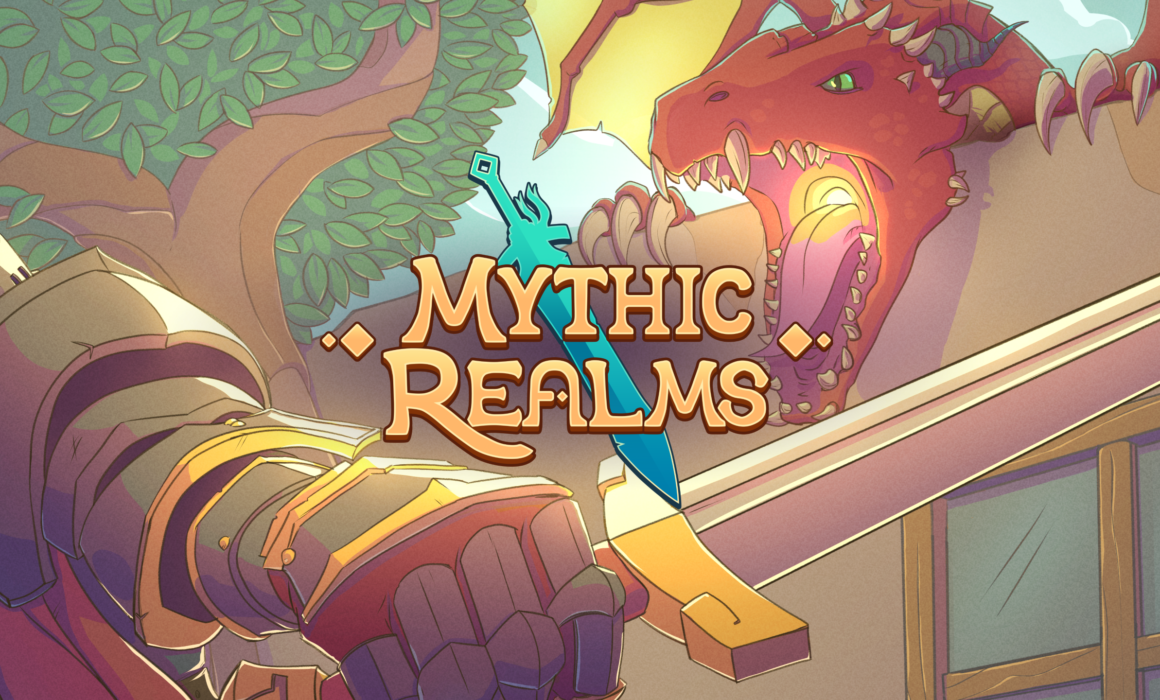QA in Mixed Reality: Lessons from Mythic Realms with Joel MacFadyen
It’s been over a month since our studio Petricore released Mythic Realms. Mythic Realms is our mixed-reality roguelite RPG, where you can live out the life of a mythical hero in your very own room. Behind every smooth attack, well-timed spell, and polished system was a huge QA effort. Leading much of that work was Joel, a software developer here at Petricore who took on the challenge of running QA during most of production.

Joel, at a Red Bull Dance Your Style battle! Outside work, he competes and also teaches!
We caught up with Joel to talk about what it was like stepping into QA for the first time, the unique challenges he faced, and what he learned along the way.
Stepping Into QA for the First Time
For Joel, Mythic Realms marked his first professional experience running QA. “I’ve helped friends with their projects before, and I tend to have a lot of comments about UX in games I play in my personal time,” he said. “But this was the first time those thoughts had a lot of weight – and, you know, a paycheck behind them.“
With his coding background, Joel had strong instincts for finding technical issues, but QA brought a new challenge: seeing the game through the eyes of a brand-new player.
“When possible, I had to approach the game as if I was someone playing it for the first time,” he explained. “If I’m trying something three or more times just to figure it out, that’s probably a frustration point for players who are just trying to have fun.“

When testing, it’s important to have ALL the information…
The Challenges of Clear Communication
QA wasn’t just about spotting bugs, it was about making sure everyone on the team understood what was happening and why.
“Learning how to write and talk about issues so that key elements were understood, and also searchable, was huge,” Joel said. A clear, standardized language helped avoid confusion when developers looked into specific issues. “Sometimes you try to explain something in one sentence, but that sentence could be interpreted three different ways because of how systems are reused. Getting specific mattered a lot.“
Of course, it wasn’t always perfect. “Sometimes I still get things wrong and write ‘Ice Link’ instead of ‘Icelink,’” Joel laughed.
Testing in Real-World Environments
Because Mythic Realms uses the player’s room as the game environment, testing across different spaces became a critical part of QA.

Example of the arctic biome spawning inside our office
“Every time I traveled and tested the game from a hotel room or a friend’s place, we found at least one issue that was great to fix,” Joel said. Testing outside of a familiar space uncovered unexpected bugs and helped ensure that Mythic Realms would feel magical no matter where players set it up.
Looking back, Joel said he would have started that kind of extreme condition testing even earlier. “I should have mapped my entire apartment at the start,” he said. “With Mixed Reality, you never really know the space that someone will play the game in. Room handling is one of the biggest things we improved post-launch.“
Lessons Learned
Through it all, Joel said the most important thing he learned was the spirit behind QA itself.
“The biggest lesson for me was that everyone is trying to make the best game they can,” he reflected. “QA isn’t just about finding problems. It’s about helping the whole team make something even better.“
Thanks to Joel’s work, Mythic Realms launched with a stronger foundation, and a lot of invisible magic built into every experience.

One of the hundreds (or thousands?!) of bugs Joel has found while testing Mythic Realms!



